Imagine entering our appartamento in Palermo and seeing not only a poster of the Targa Florio, but a whole collection of original photos of this legendary car race. A whiff of history hovers in the air. I confess, the poster is only a facsimile. Because the original posters are highly sought after and are traded at more than proud prices.
But why? What makes this race so special? And why is it downright legendary among Porsche and Ferrari fans?
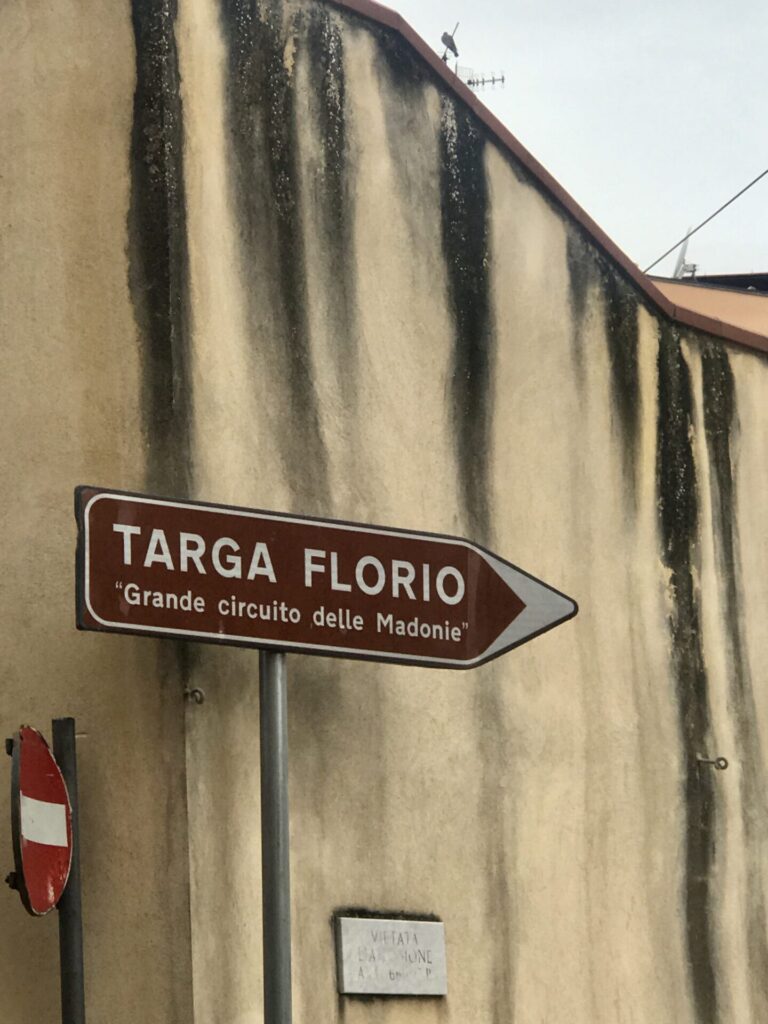
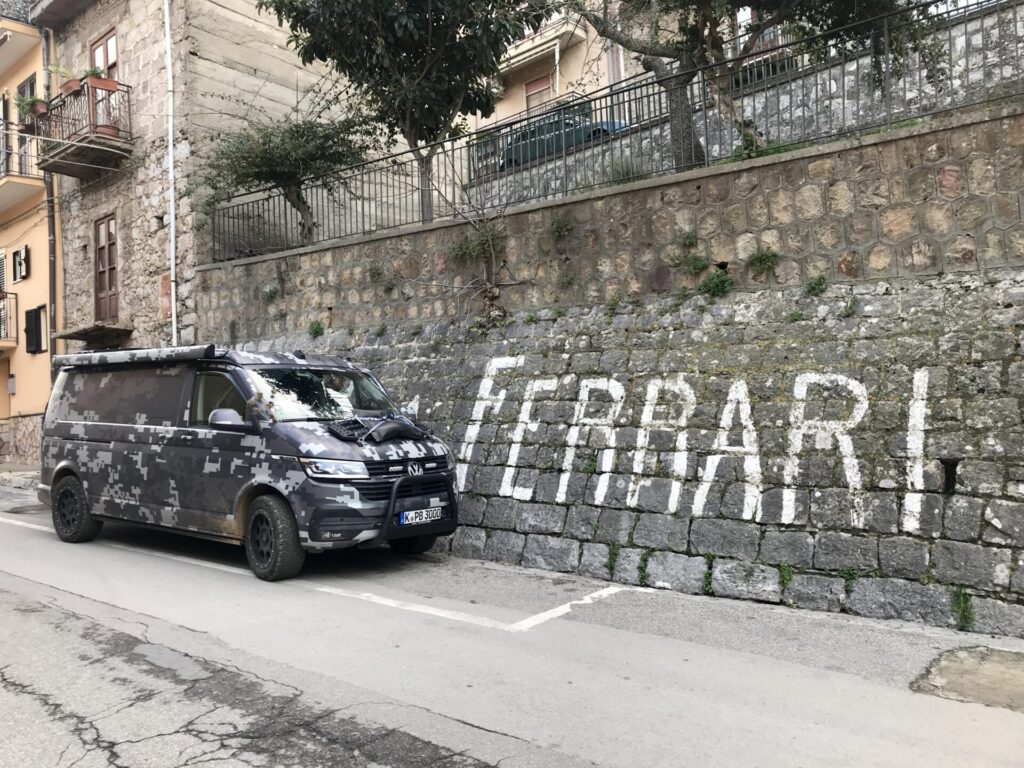
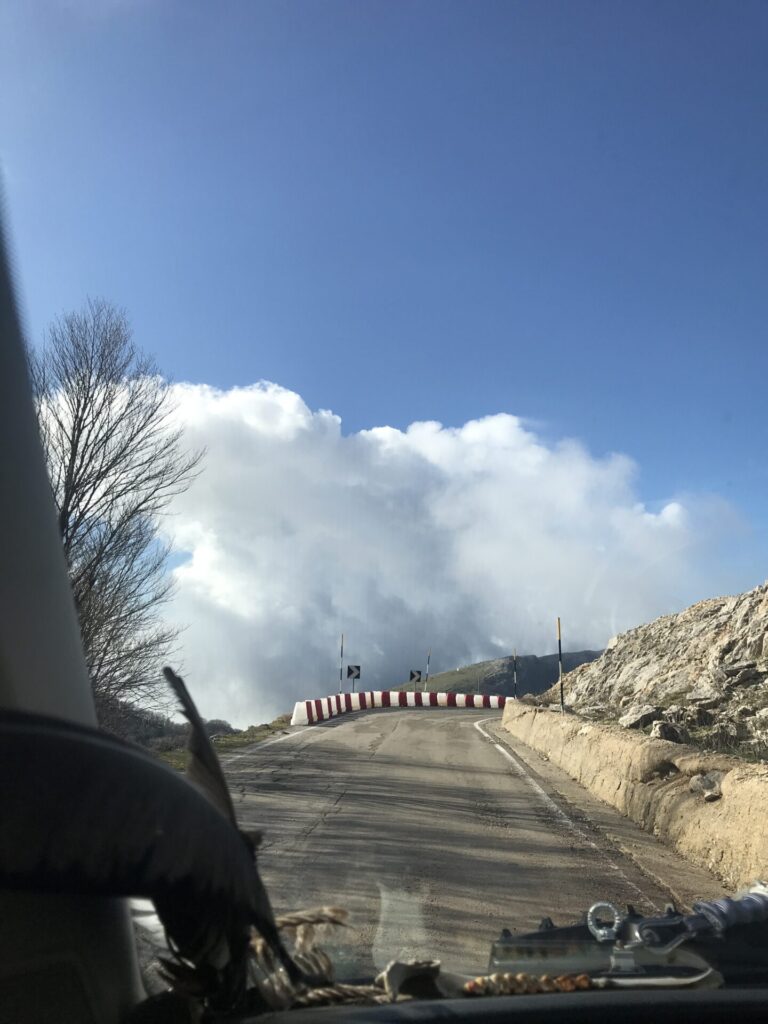
Let me introduce you to someone who could have explained all this to us to a tee: Uncle Mario, the car maniac of our family. This Sicilian daredevil from Palermo talked about his Sicilia, which he pronounced like Sischilia. He told about the Targa Florio so vividly that you could literally smell the scent of gasoline and tire wear in your nose.
With his flowery language, his loud voice and his theatrical gestures, he could tell a story like no other. He even made his own melody sound in German, in the style of a true Italian, scusi Siciliano.
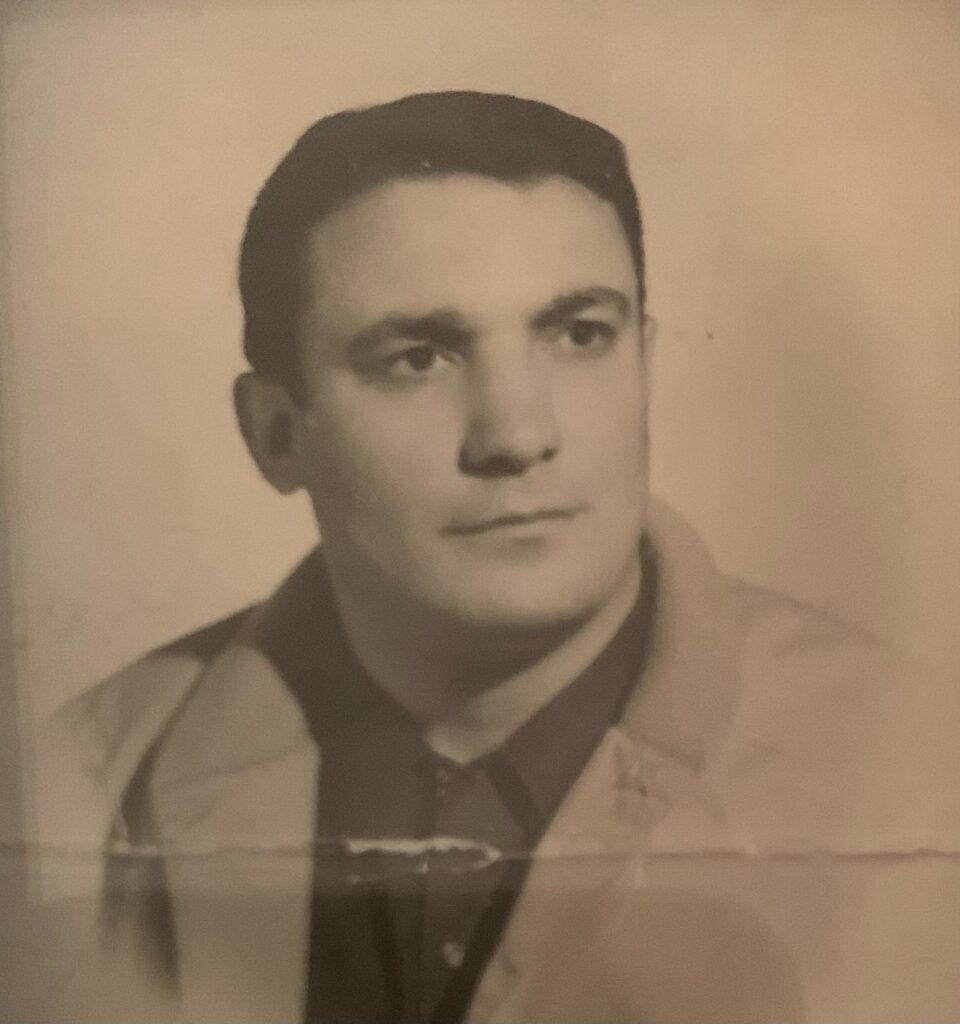
Uncle Mario was a true Sicilian, with stacks of old issues of Auto Motor Sport. Every now and then, an Italian Motor Sport newspaper could be found among them.
Besides my big brother Dirk, who took me to my first car race, and my older cousin Olaf, who pretty much impressed me with his screwdriver buddies and his VW Scirocco I, it was my uncle Mario who taught me what is popularly understood by "talking gasoline".
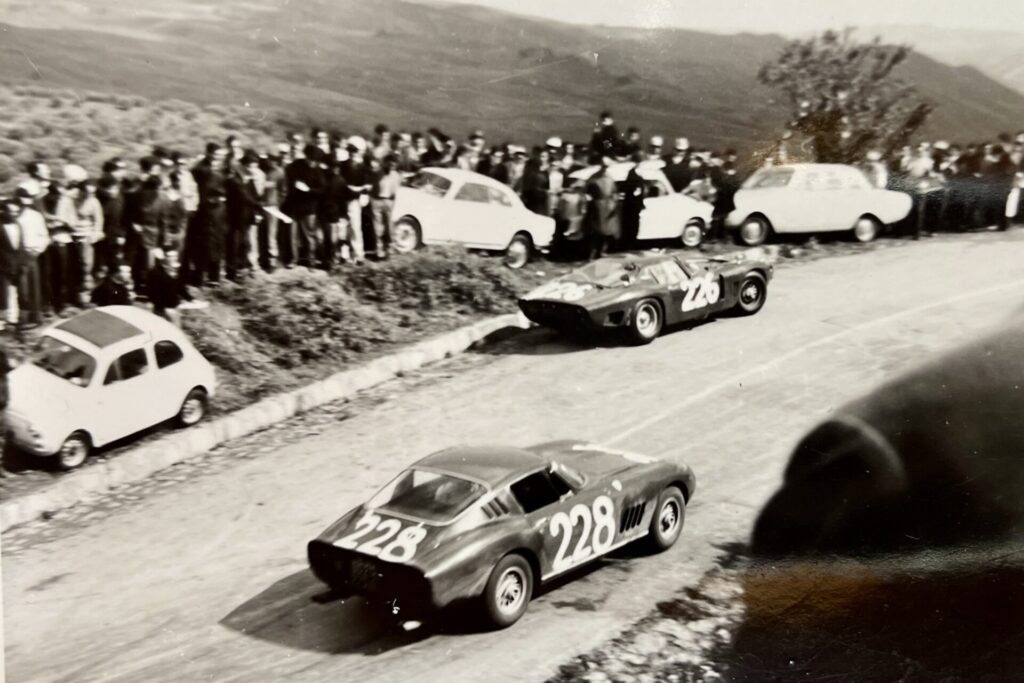
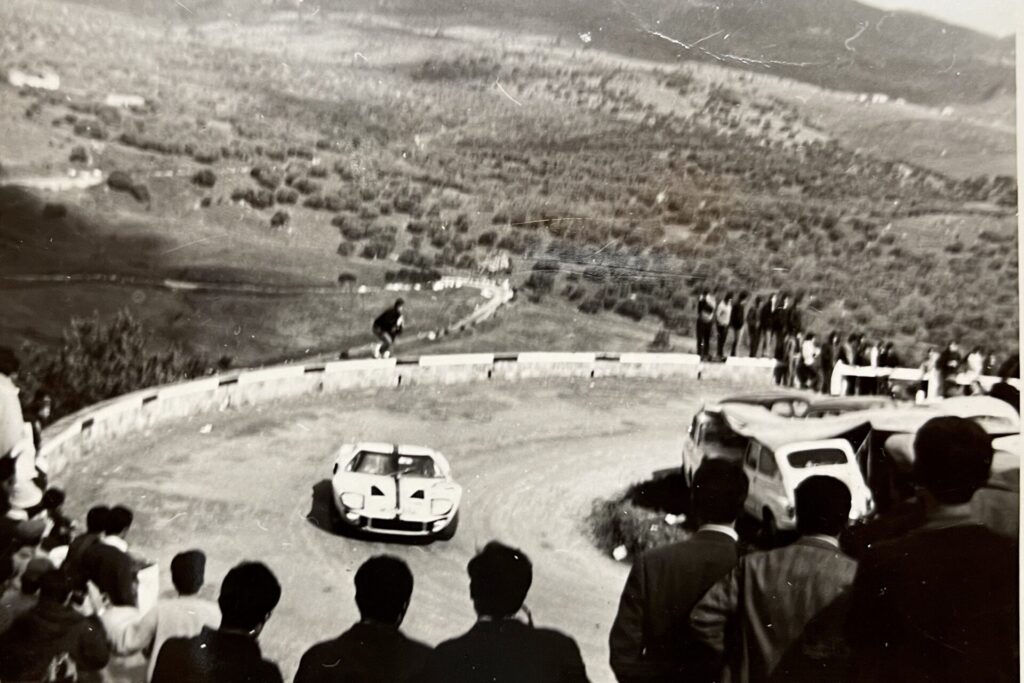
The Florios
No wonder, then, that Torgit claims I have gasoline in my blood. My uncle's stories were almost forgotten - at least until we came across the first Targa Florio road sign on our Sicily tour.
What was that again? We started reading up and discovered a world of exciting facts about this endurance race, road race and hill climb. Yes, you heard right, the Targa Florio is three in one. So we also discovered its connection to Palermo, the Centro Storico and the Ballaro. We learned what the word "Targa" is all about, which is probably best translated as nameplate.
We came across the name Florio for the first time. The Florios are inextricably linked to Palermo - a family like no other. Originally from Calabria, we could go on for hours about their stories. But we'll save that for later.
Vincenzo Florio
Let's mention the Florio who had the brilliant idea to create this incomparable race. It was Vincenzo Florio, a young man of just 23 years. Born in 1883, died in 1959, I mention these dates because the name Vincenzo is more common in the Florio family. He is the car-crazy scion of those richest aristocratic families in Italy, who have left their mark not only on Palermo, but on the whole country. The roads and large estates of the Madonie belonged to this family, and Vincenzo Florio used them to realize his vision of a race track.
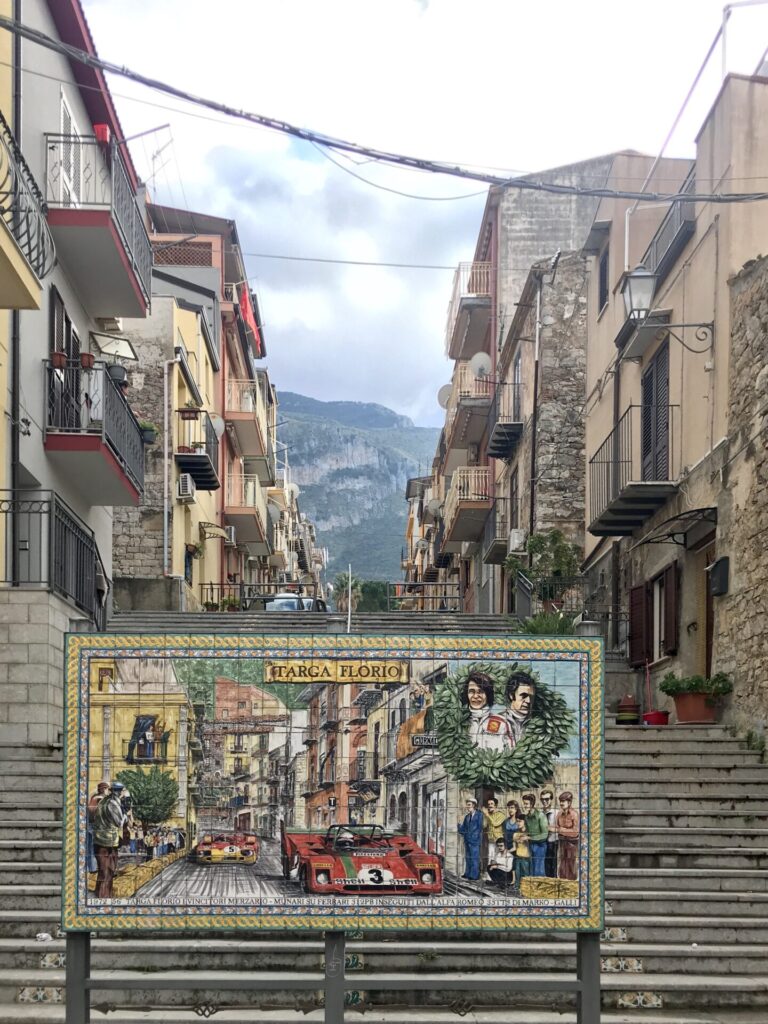

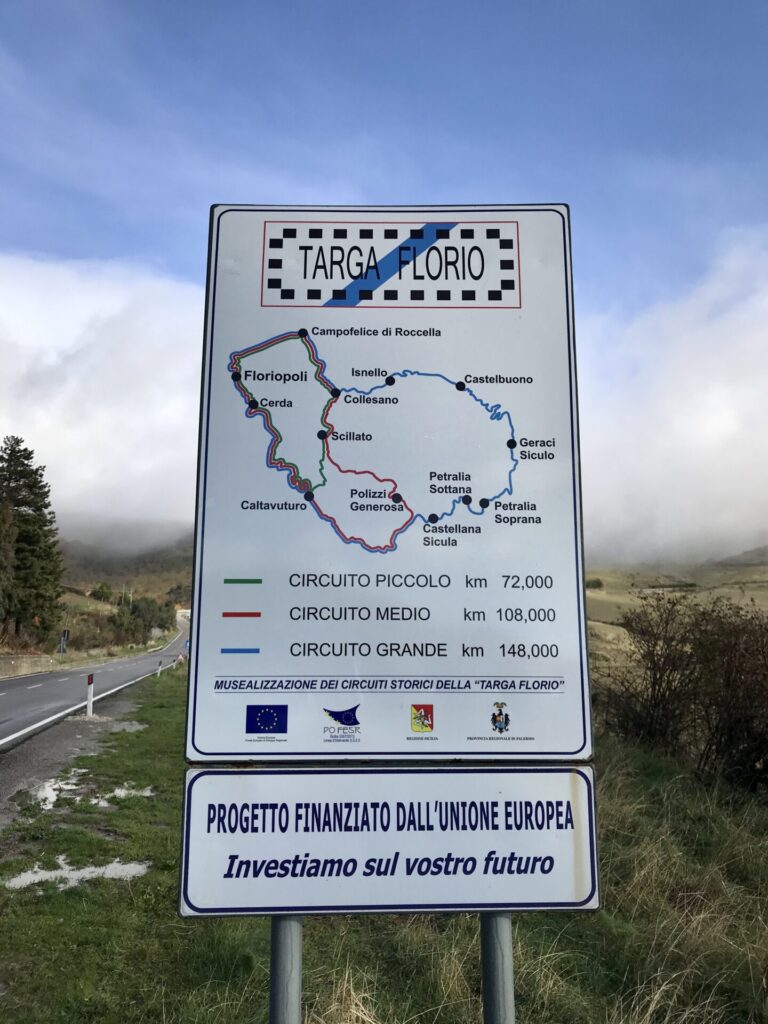
Over the years, the Targa Florio has produced some famous racers, also from Palermo, who proudly represented their hometown. Among them, one name stands out in particular.
Conte Federico / Federico Gravina
Conte Federico, or Federico Gravina, was also an important figure closely associated with Palermo, motorsport and the Targa Florio in particular. Nobleman and sports lover, he also played a decisive role in the history of the race.
Federico Gravina was born in Palermo in 1875 and grew up in a wealthy family. Alongside Vincenzo Florio, he developed a passion for motorsport at an early age and was fascinated by the emerging automotive industry. The two recognized the potential of racing and together they were determined to establish Palermo and Sicily as a venue for an outstanding race.
In 1906 Federico Gravina founded the Targa Florio together with Vincenzo Florio. From the beginning, this legendary road race was a challenging and prestigious event that attracted the best drivers and car brands. Gravina and Florio worked closely together to plan the route and attract sponsors to finance the race.
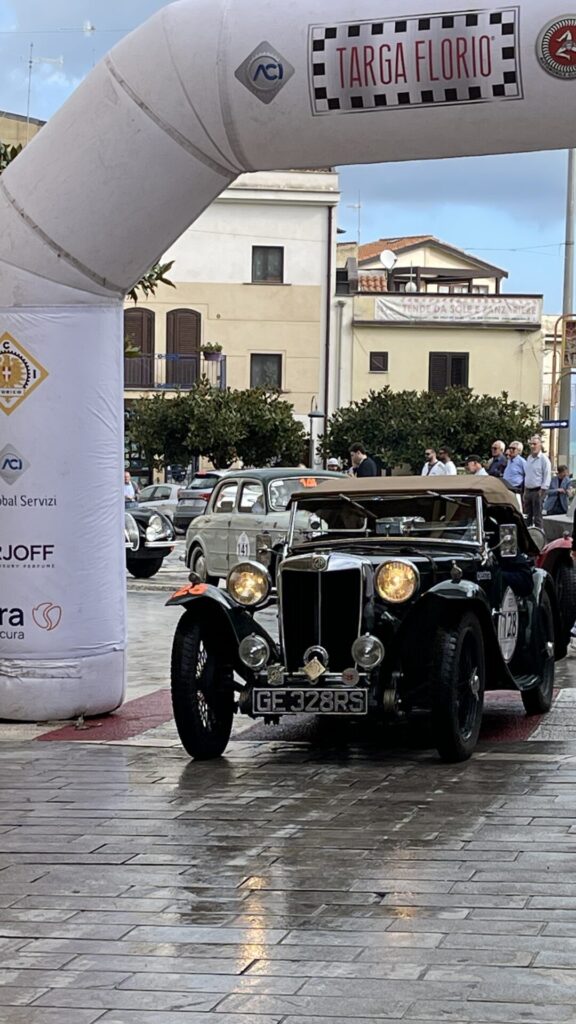
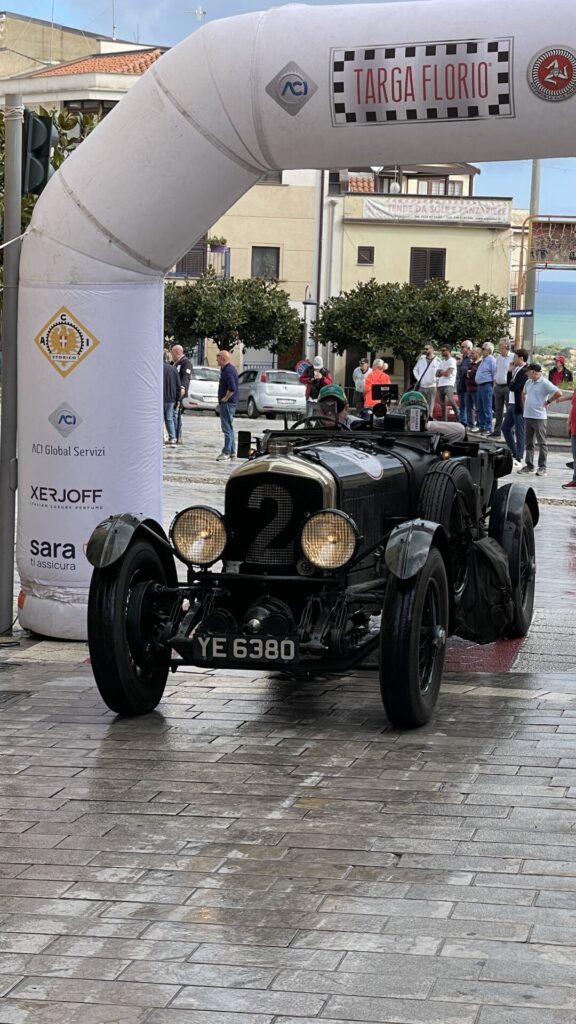
The race made Palermo and Sicily a center of attraction for motorsport enthusiasts from all over the world, and the economy benefited from the related activities and tourism.
Federico Gravina was not only a co-founder of the Targa Florio, but also an enthusiastic driver. He himself took part in several races and helped to further increase the popularity of the Targa Florio. His passion and commitment to racing were unmistakable and made him an icon in the world of motorsport.
His legacy lives on in the hearts of racing fans and Sicily lovers, and the Targa Florio will always be closely associated with his name and his contribution to motorsport history. For those visiting Palermo, we recommend a visit to the Palazzo Conte Federicowhich is located in the immediate vicinity of the cathedral.
The descendants of this legendary racing driver, provide insight into the palazzo, in whose entrance still stands his old racing car. His sons personally guide through these walls, which provide further exciting insights. But for this we want to report separately.
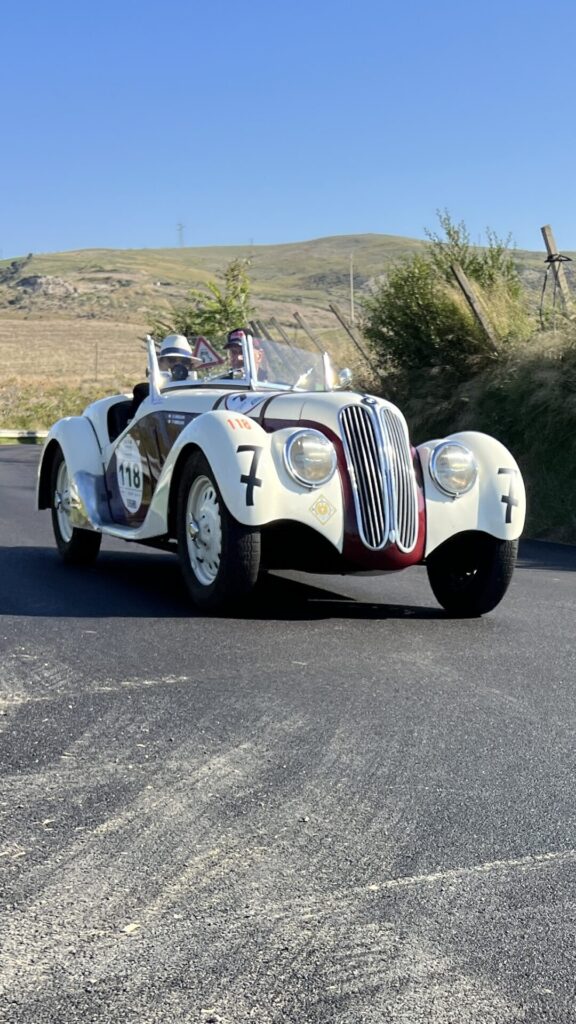
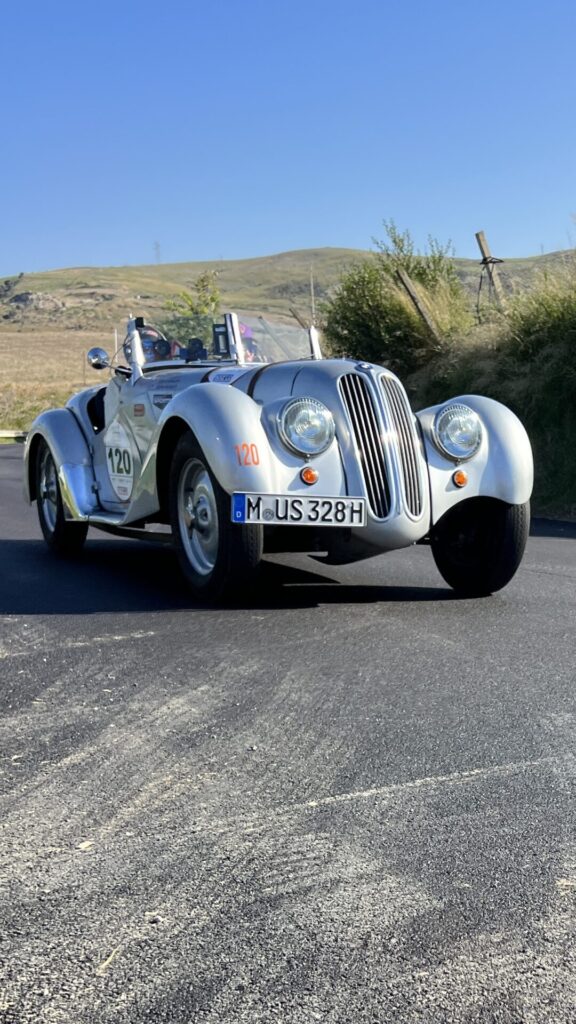
Nino Vaccarella
"The race requires not only physical strength, but also mental stamina. You have to be ready to go to the limit and go beyond your own limits." - Nino Vaccarella
Nino Vaccarella, born in Palermo on March 4, 1933, is also a true Targa Florio legend. He began his racing career in the 1950s and celebrated his greatest successes on the winding roads of Sicily. Vaccarella won the race a total of three times, in 1965, 1971 and 1975, and his skills as a driver and his remarkable skill on the demanding course made him one of the Targa Florio's most popular and successful racers.
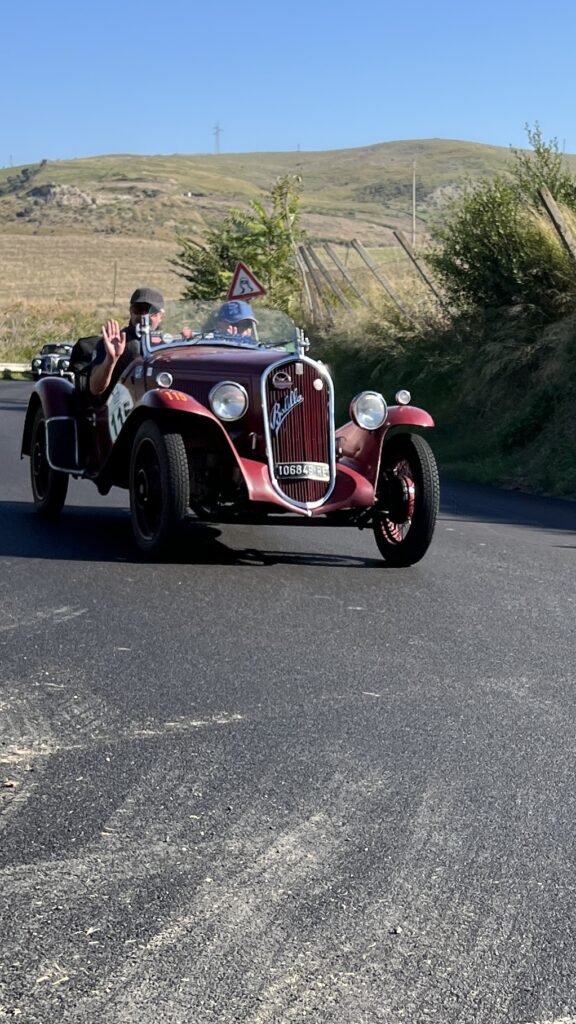
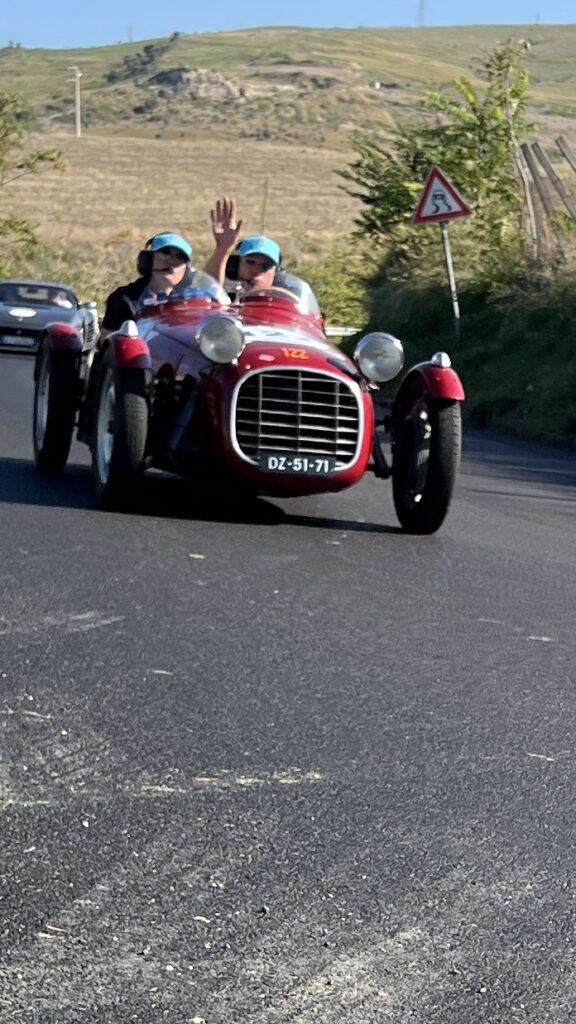
Giovanni "Nanni" Galli
Besides Nino Vaccarella, there were other talented racers from Palermo who showed their skills at the Targa Florio. One of them is Giovanni "Nanni" Galli. Born in Palermo on October 23, 1940, Galli achieved some remarkable results in the Targa Florio in the 1960s and 1970s. He drove for prestigious teams such as Alfa Romeo and Ferrari and impressed with his driving style and determination.
These racers from Palermo have not only captured the hearts of fans, but have also helped spread the fame of the Targa Florio in their hometown and beyond. Their success and passion for racing are part of the rich history and tradition of this unique road race.
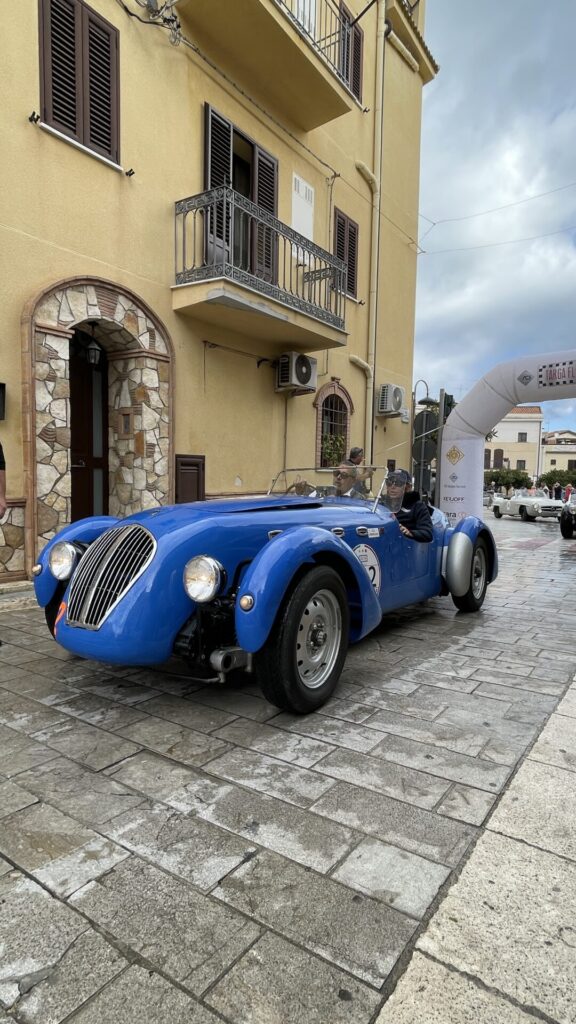
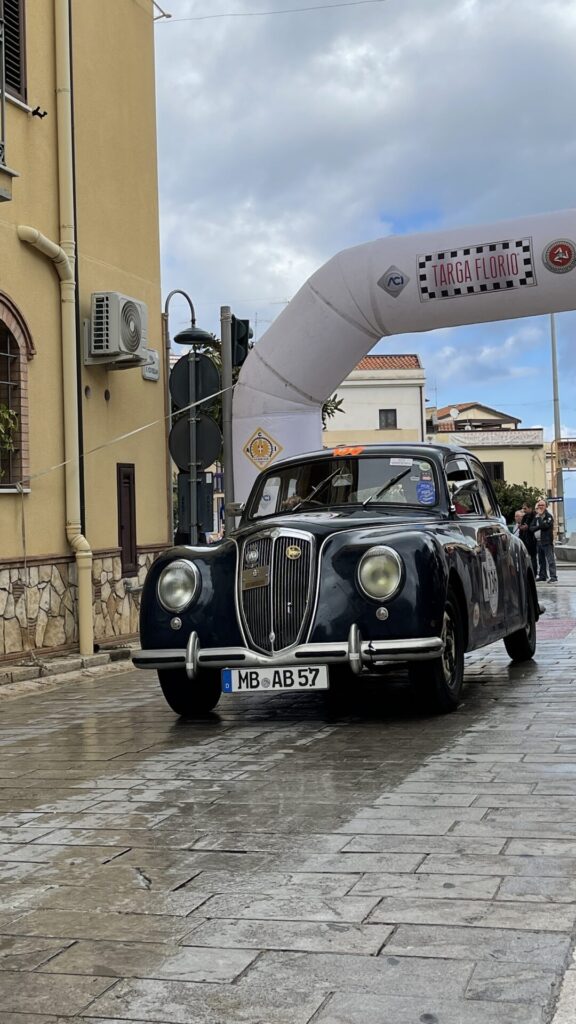
The race
By now we know that the Targa Florio is more than just a road race. It is THE road race. Some even claim that it is the first car race in history. But the French beat the Sicilians to the punch, inviting cars from Paris to the northern French city of Rouen for the first international car race as early as 1894. 126 kilometers, from modern gasoline and gas engines to steam engines and even electric cars, everything was there. Long live progress!
Even if it wasn't the first hillclimb race (this one took place on January 31, 1897, from Marseille to Nice), one thing is certain: on May 6, 1906, at 6:10 a.m., the first Targa Florio began. The first race at Le Mans did not take place until the end of June of the same year. That's where the Sicilians come out on top. In the world of motorsport, there are few events that have made history and continue to fascinate to this day. The Targa Florio is one of them.
"The Targa Florio is a battle against time, against nature and against yourself. It's a race that pushes you to your limits and at the same time rewards you with an incredible sense of accomplishment." - Giovanni Galli
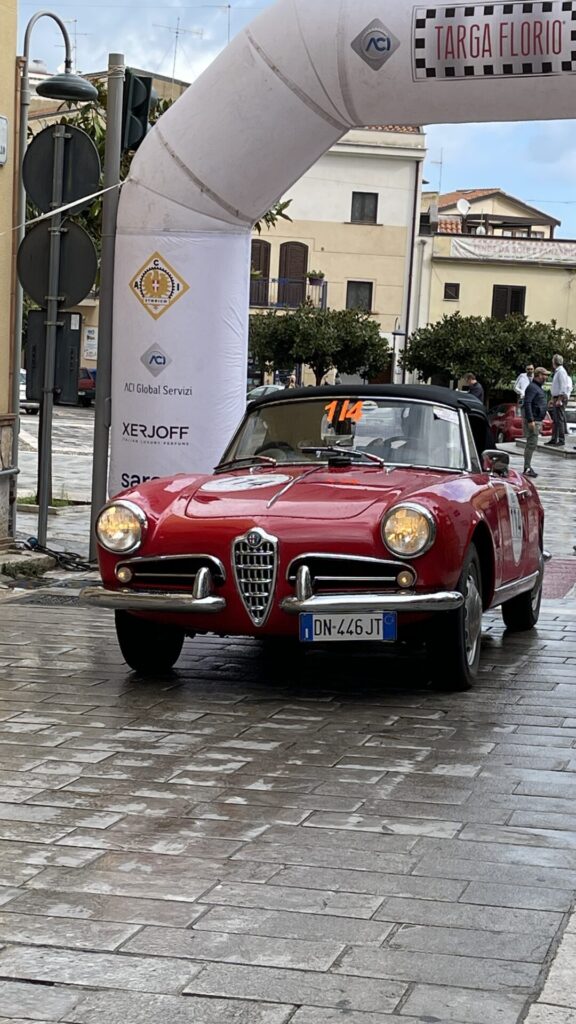
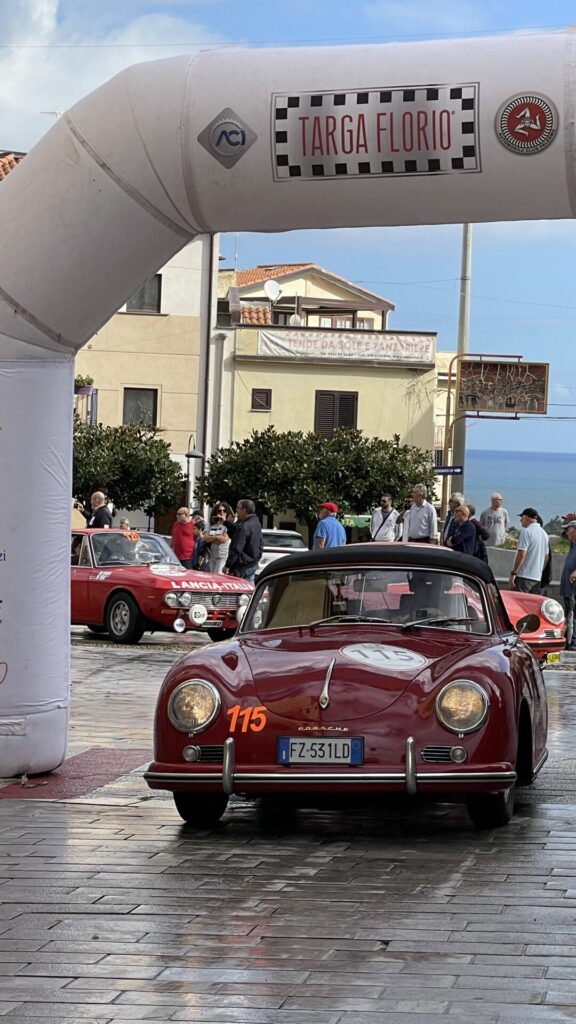
The route
The Targa Florio was not just a contest between speed and endurance. It was a real dance with the curves. The "Grande circuito delle Madonie" circuit stretched over 148 kilometers, through the Madonie. This had to be circled three times. And believe me, this route had it in itself! With over 900 curves, some sources even speak of more than 1,000 curves and challenging slopes, it was a paradise for racers who wanted to put their skills to the test.
For the race was known for elevation changes, of up to 1,000 meters on the route. The roads passed through the picturesque hills and charming mountain villages of the so-called Madonie, a region that offered breathtaking landscapes and unique scenery.
But above all, one should be aware that this race track was in origin nothing more than conventional paths and roads that connected the individual mountain villages. Thus, either tamped clay soil, only partially graveled or paved and only later tarred. Only shortly before the race the population was called to remove their children, carts, horses, donkeys, pigs and whatever else was lying around from the roads. Barriers, guard rails, straw bales, etc. did not exist in the first years.
But there were plenty of onlookers standing on the slopes and in the curves to follow their favorites.


Targa Florio 1906 to 1940
The years from 1906 to 1940 brought us not only the spectacular moments and breathtaking beauty of the Targa Florio, but also unforgettable drivers who became true legends of racing. These brave men got into their bolides and ventured into an adventure full of risks and challenges.
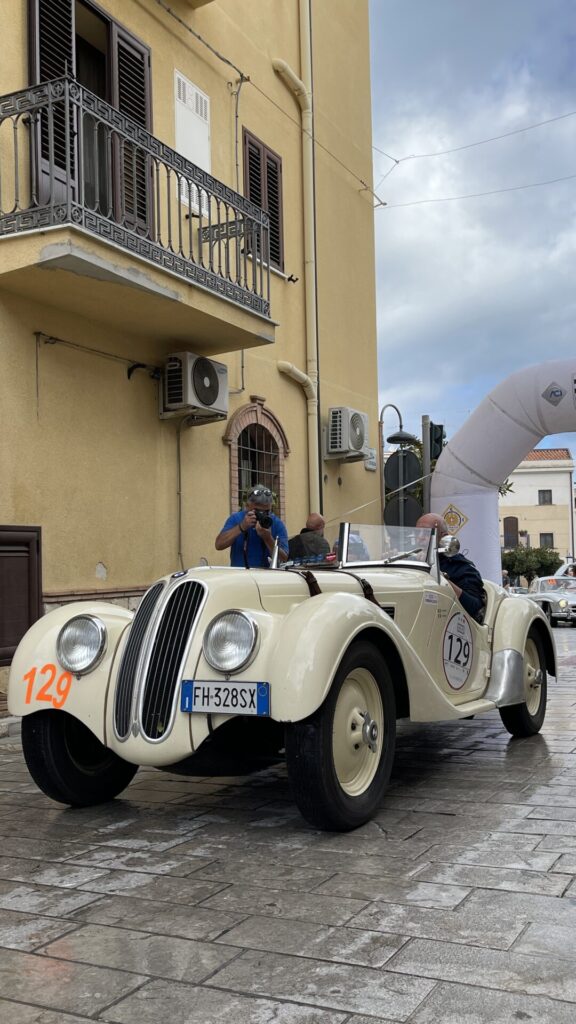
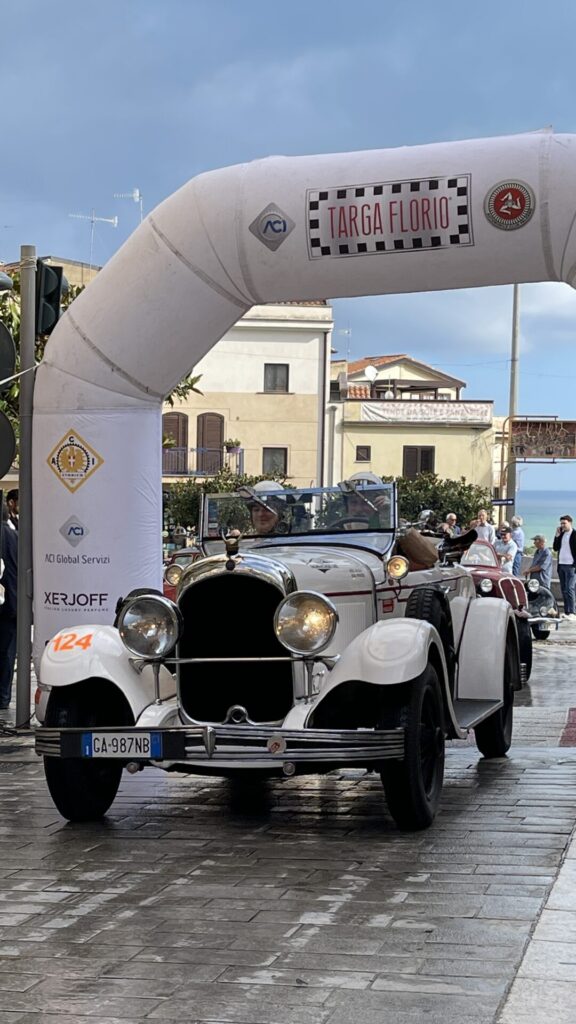
Tazio Nuvolari
One of the most famous drivers of the time was the charismatic Tazio Nuvolari, who won the hearts of spectators with his impressive driving and fearless demeanor. He was a true king of the roads and a master of the steering wheel. His quote
"If you think you have everything under control, you're not fast enough" perfectly reflects the fascination and thrill of racing.
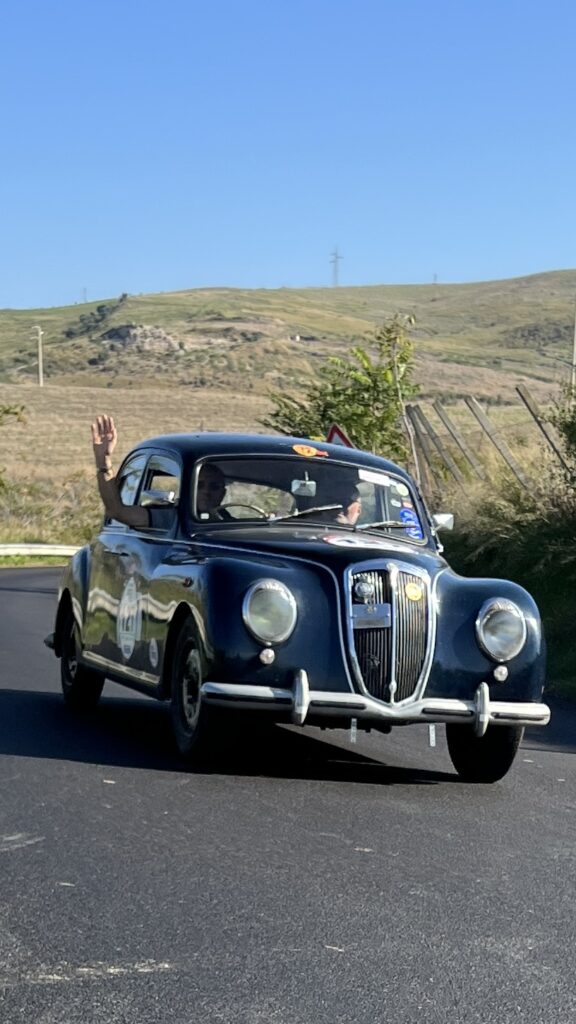
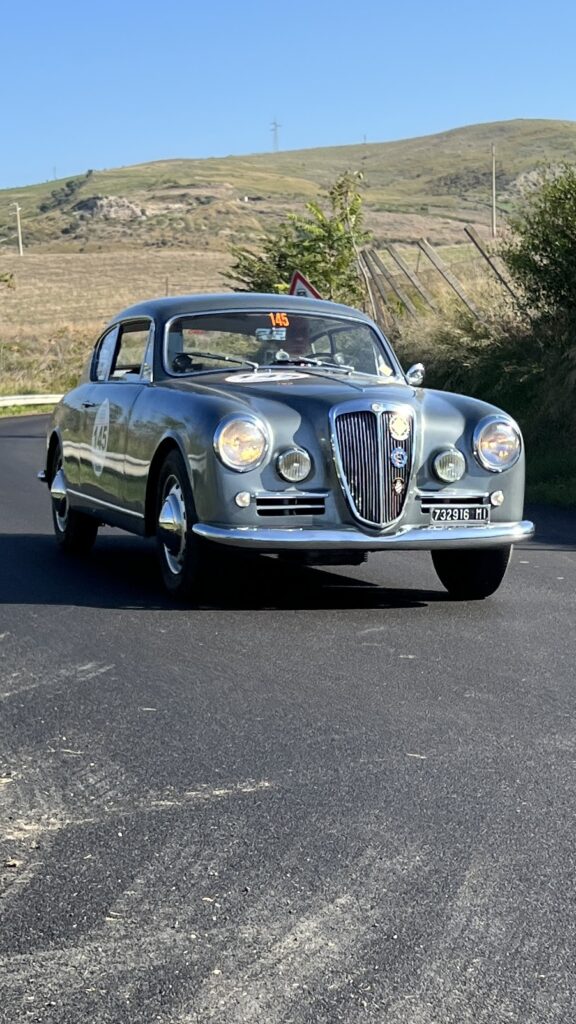
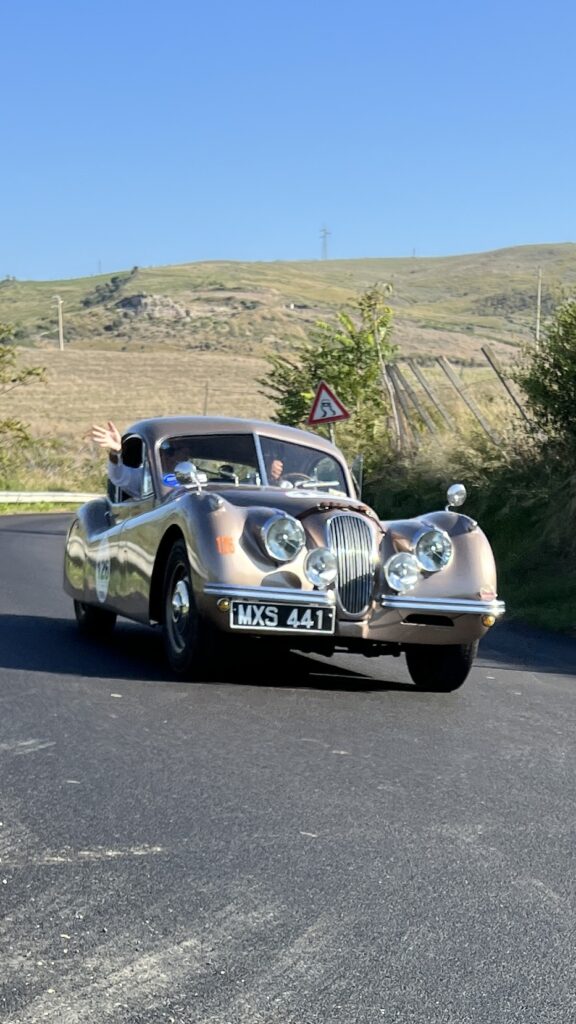

Mercedes Benz
The first German to win the Targa Florio was Christian Werner. On April 27, 1924, he won with his Mercedes Tipo both the Targa Florio and the Coppa Florio trophies.
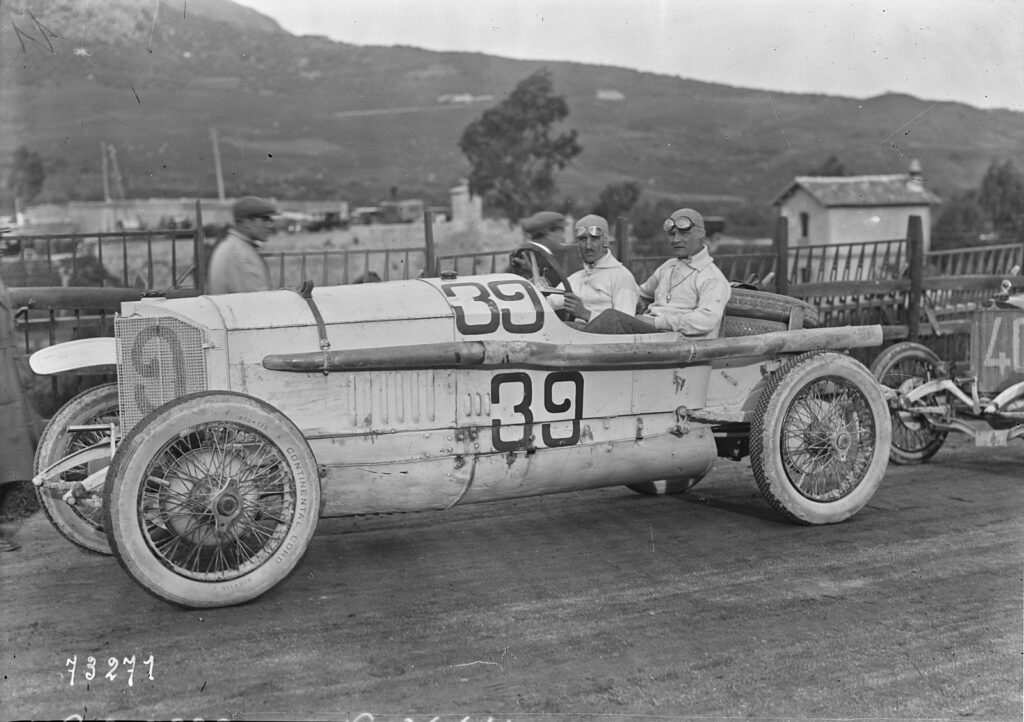
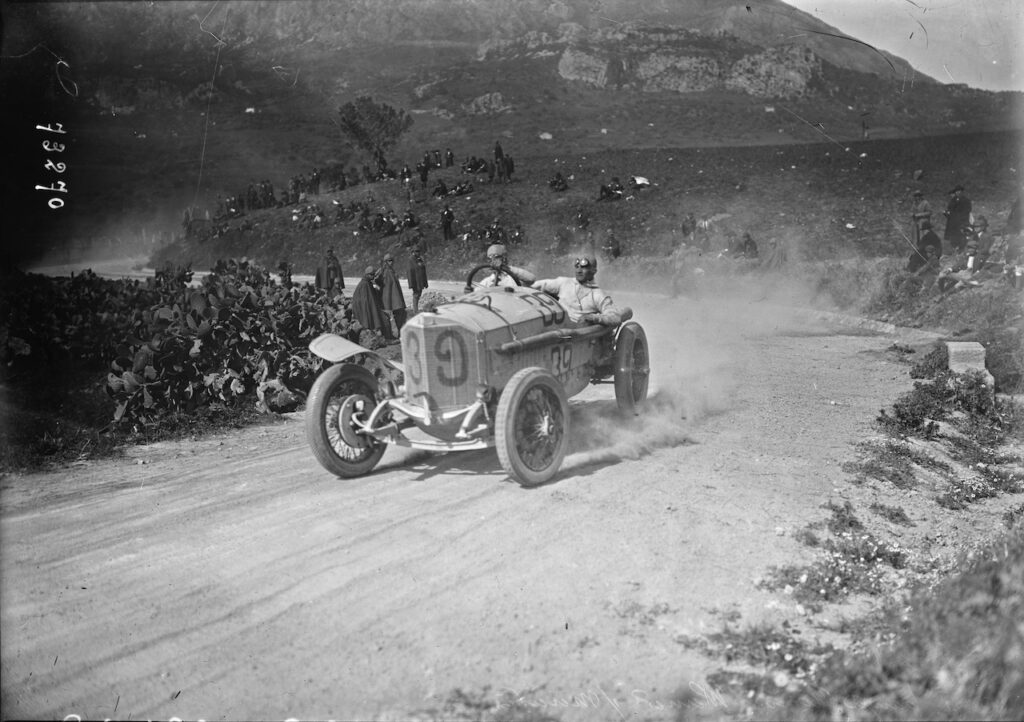
Bugatti
But it was not only the drivers who shaped this era, but also the brands of the winning cars. Bugatti dominated the race from 1925 to 1929, winning five times in a row. With their elegance, style and incomparable performance, the Bugattis conquered the streets of Sicily and became the icon of the Targa Florio.
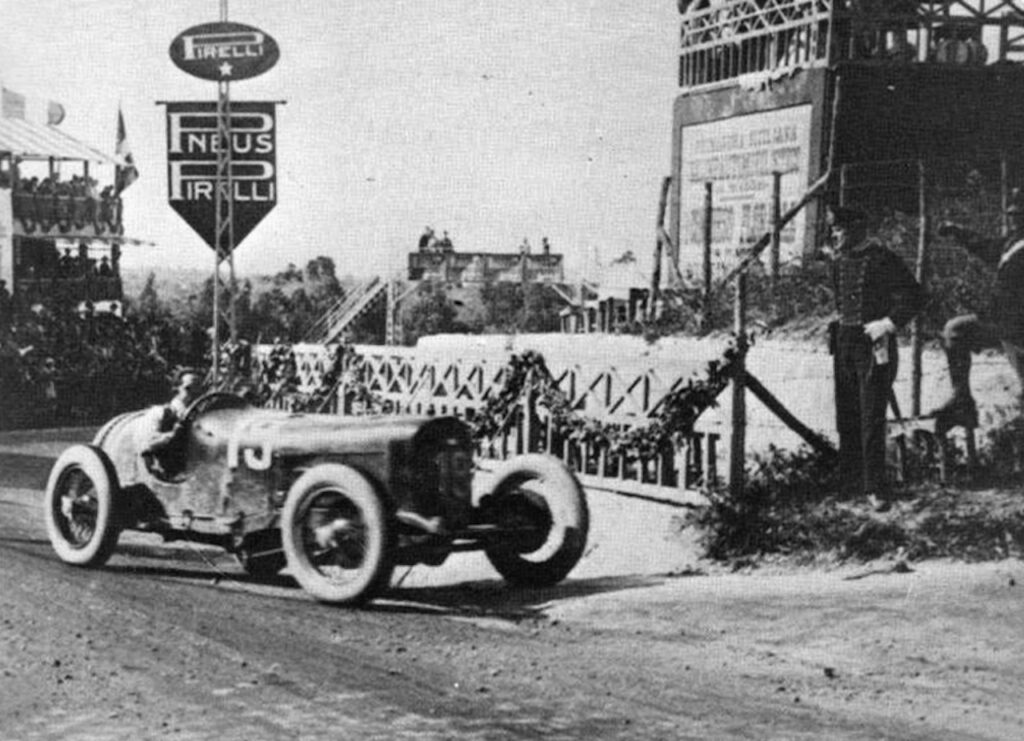
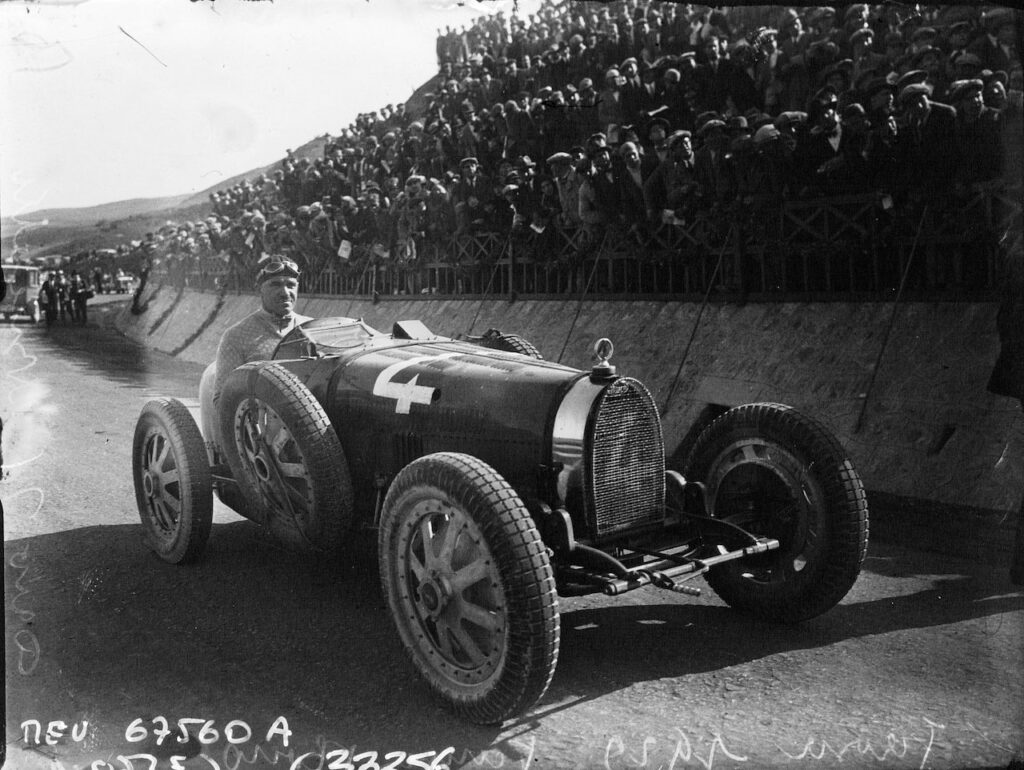
Alfa Romeo
But Alfa Romeo also left an indelible mark on the history of the race. From 1930 to 1935, they won the race six times in a row, setting a new benchmark for success and dominance. Their incomparable spirit and tireless dedication to motorsport made them the undisputed queen of the Targa Florio.
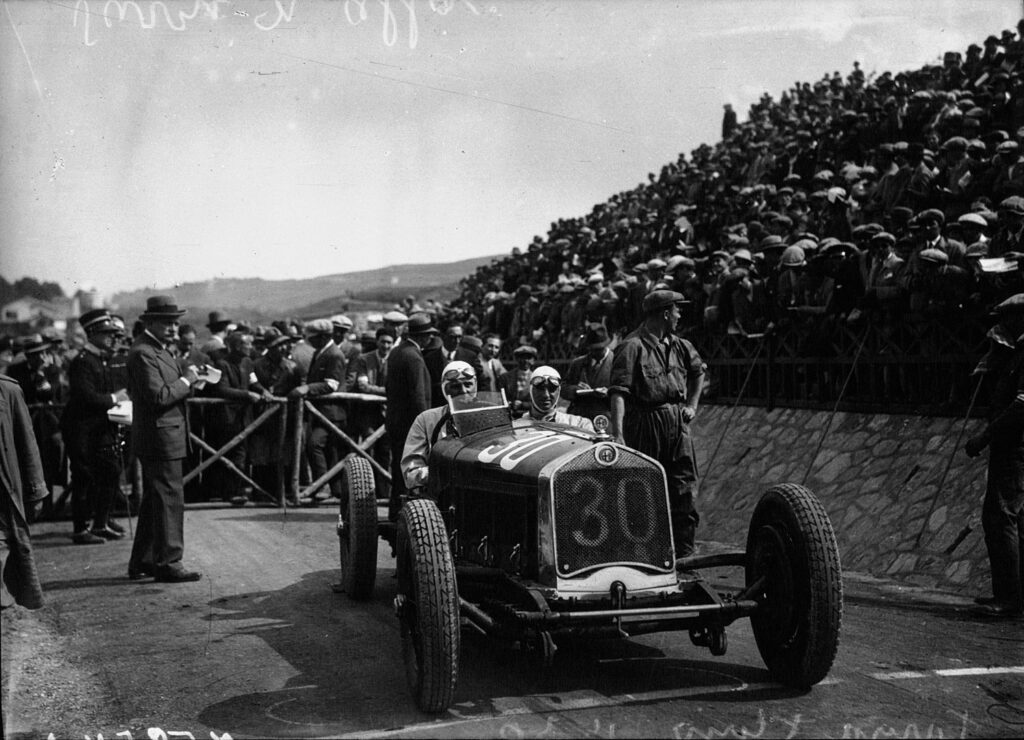
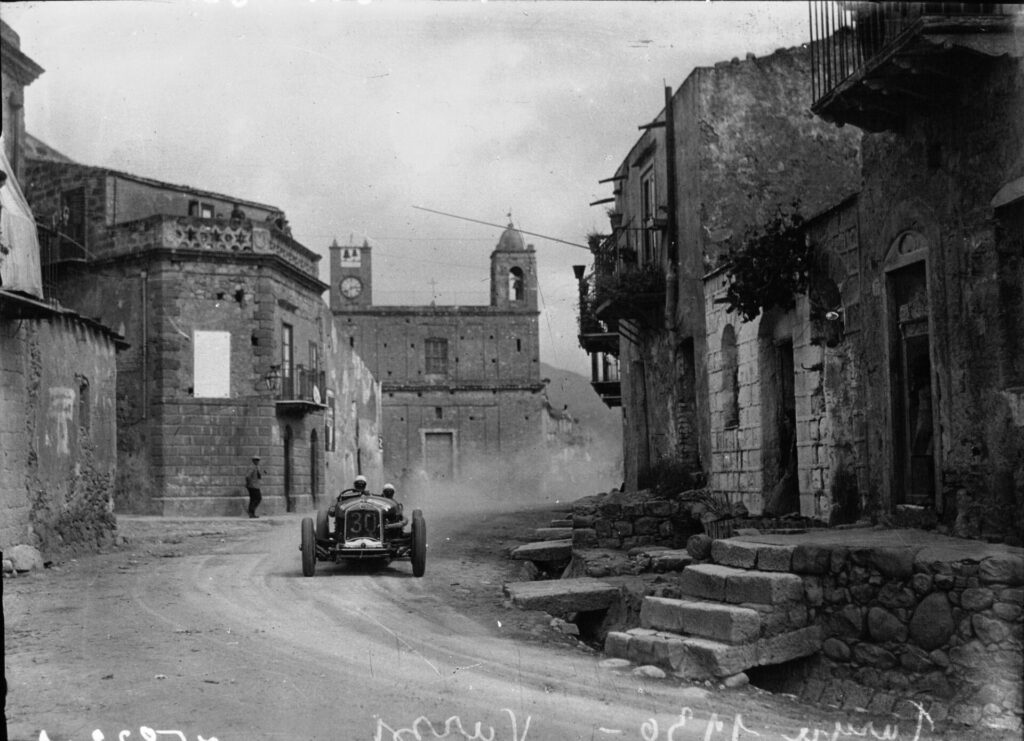
Maserati
On May 23, 1940, the provisional end of the Targa Florio, Luigi "Gigi" Villoresi won the prestigious race at the wheel of the Tipo 4CL. For Maserati, this was the fourth consecutive victory. On the 80th anniversary of this historic victory, Maserati returned to Sicily with a prototype of the MC20. From this alone, one can see the role that the Targa Florio still played and still plays with such prestigious racing teams and sports car builders.
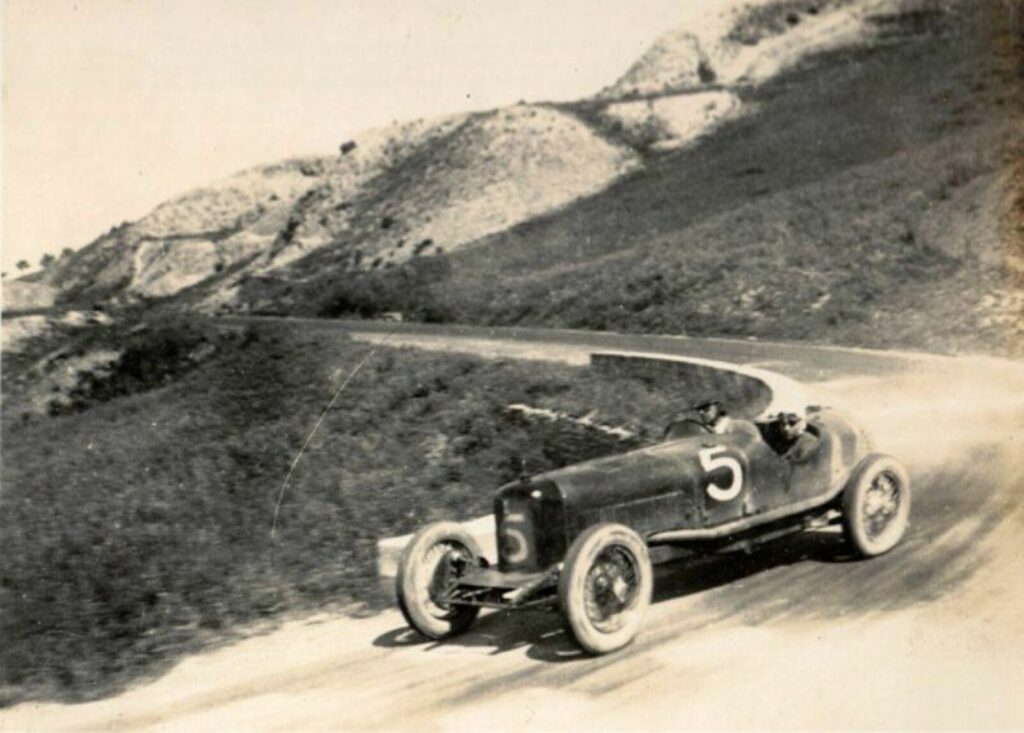
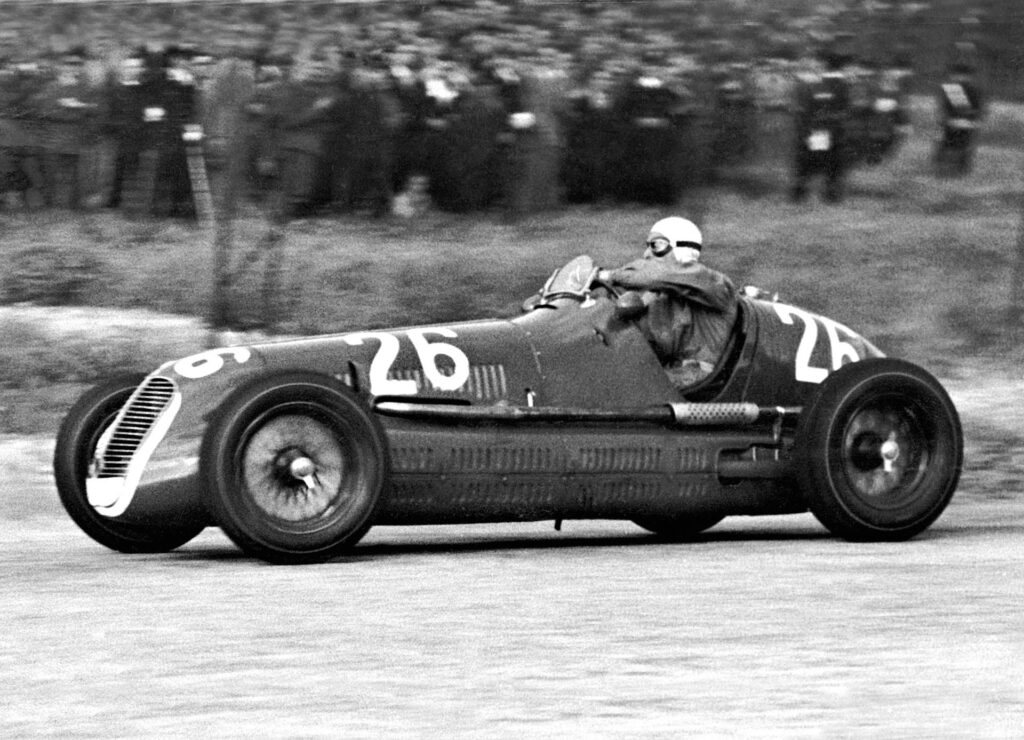
Enzo Ferrari
This name can certainly be described bluntly as a racing icon. And it was the Targa Florio that was to play a decisive role in the life of the Ferrari founder. Between 1919 and 1923, the young Enzo participated a total of five times as a driver. After winning second place in 1920, Enzo Ferrari became chief factory driver of the Alfa crew. However, the Targa Florio would continue to play a major role in Ferrari's later life. But then under the name Scuderia Ferrari "Ferrari racing team". But we will report on that at a later date.
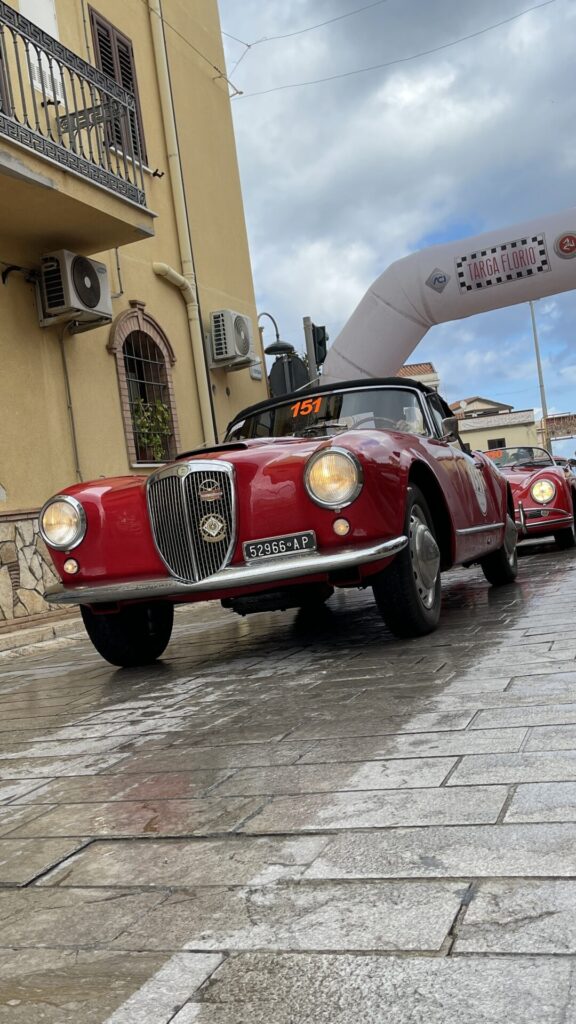
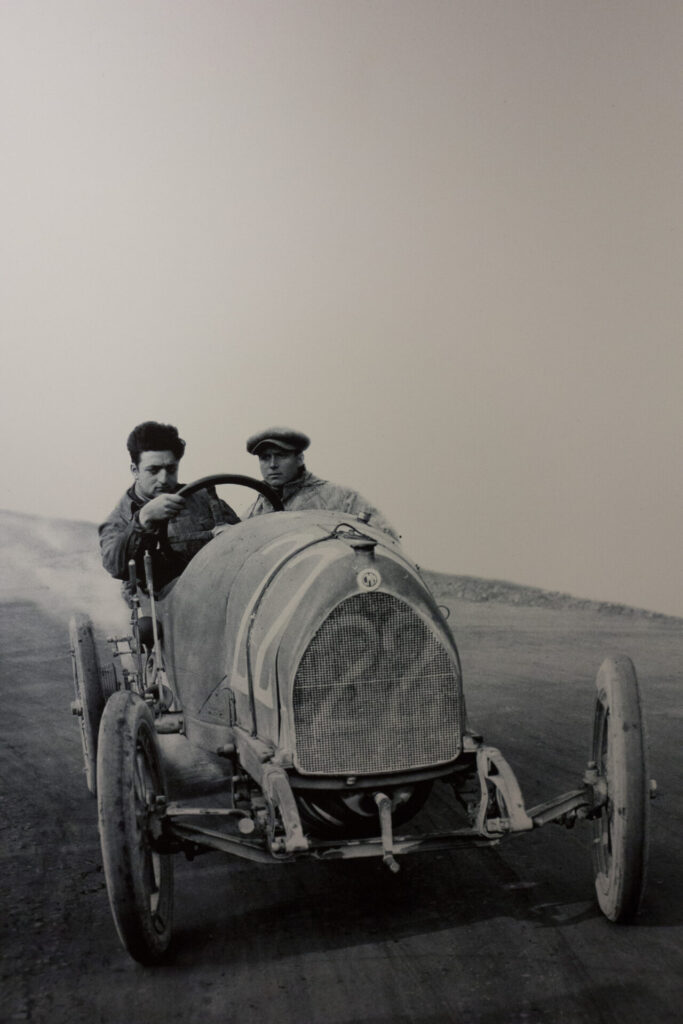
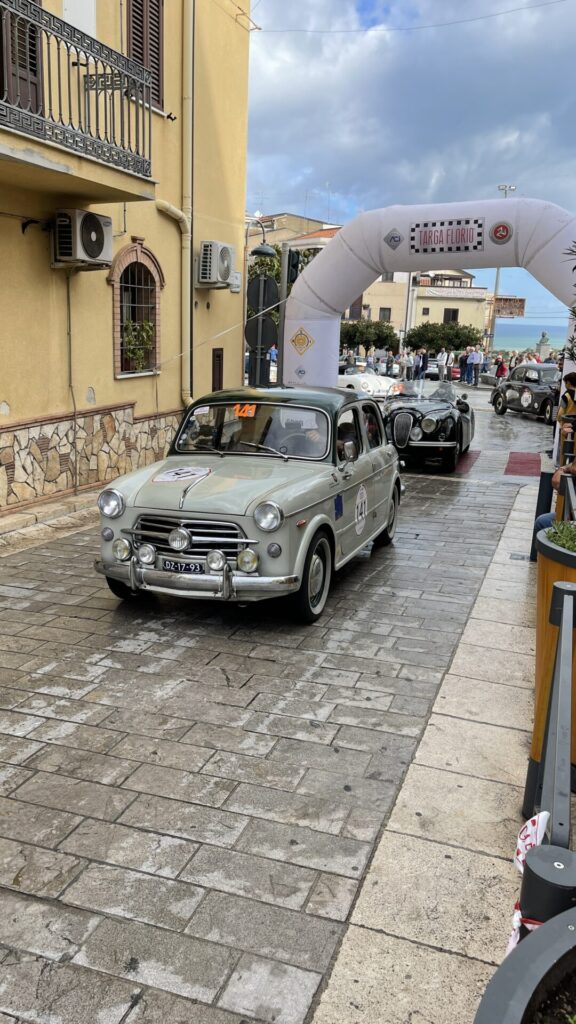
However, these victories were not only the result of technical superiority, but also of courage, skill, and an unwavering will to face new challenges again and again. The drivers and their teams were willing to go to their limits to achieve the glory of victory.
But the Targa Florio was not just a race, it was also a setting for funny anecdotes and entertaining stories. Whether it was the drivers surprising their opponents with clever overtaking maneuvers or the witty comments of the commentators - there was always something to laugh about and marvel at.
The years from 1906 to 1940 were a time of heroes, brands and unforgettable victories. They were marked by risks, passion and an unshakeable belief in motorsport. The Targa Florio became the ultimate test for drivers and machines and a symbol of the unquenchable thirst for speed and adrenaline.
Targa Florio 1948 to 1977
Stay tuned for the next part, in which we explore the history of the Targa Florio in the years after 1940 until 1977. We'll also report on what became of the Targa Florio after that, and why it still plays a major role for Sicily and automotive history today. And I can promise one thing: It won't get any slower.
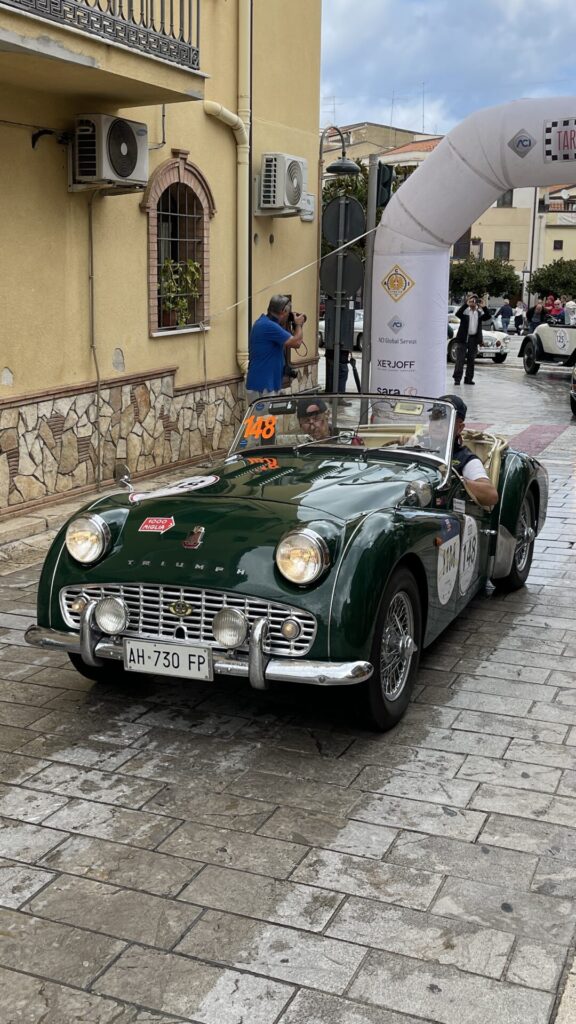
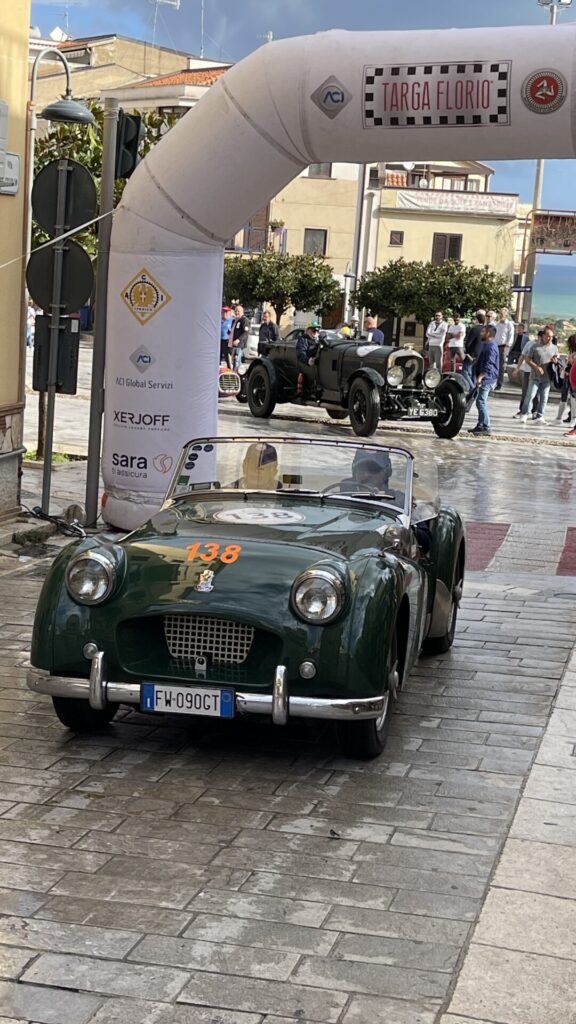
Added value
You want to learn more about Sicily, Palermo & Co or are still looking for a suitable accommodation in the north of the island?
Then we have just the thing for you: dive deeper into the vibrant world of Palermo and discover that the Centro Storico is more than just an ordinary old town. Follow us to Mercato di Ballaro, where you will not only find street food, but also taste a piece of Palermo's soul. But beware: Palermo street food can be addictive!
When you've had enough of feasting, let yourself be enchanted by Palermo's street art. Here, walls become canvases and graffiti becomes works of art. Longing for a real fishing village? Then head to Cefalu. Start here:
- Palermo Centro Storico - More than just an old town?
- Mercato di Ballaro - Palermo's oldest market
- Palermo Street Food
- Street Art Palermo
- Cefalu - Discover the Noramnnian Heritage of Sicily
- Palazzo Vetrano vacation home in the heart of Palermo
And if you want to retire after an exciting day, Palazzo Vetrano, the perfect apartment in Ballaro, Palermo Old Town awaits you. Here you can relax and plan new adventures. Book today and make your dream vacation come true!

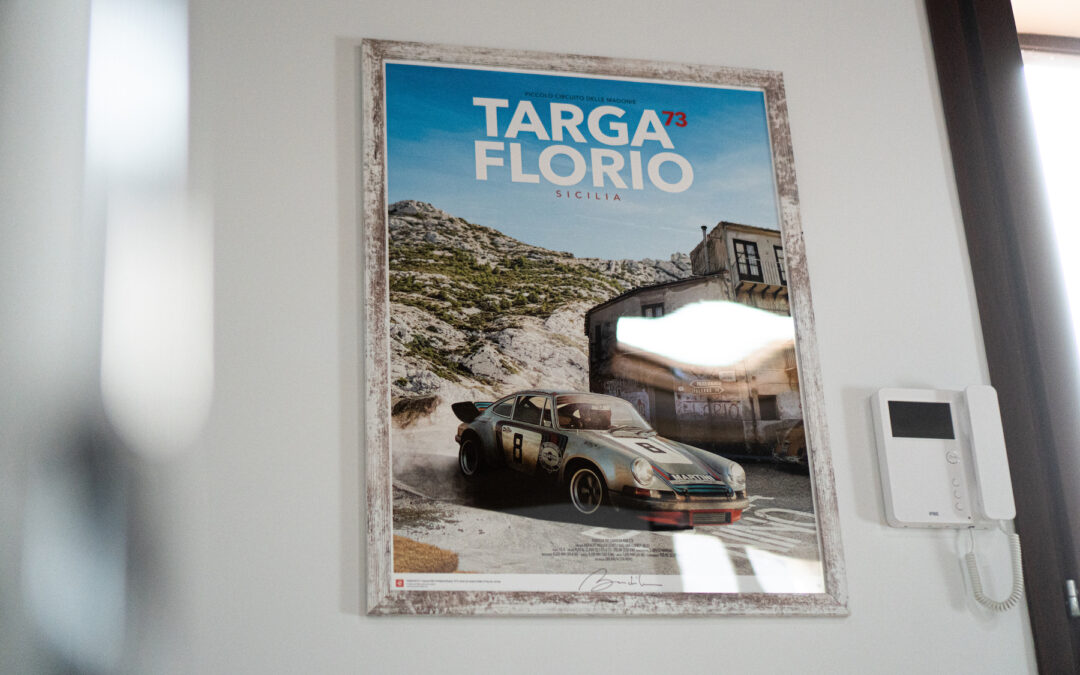
Interessanter Bericht.
Schön, dass er Dir gefällt. Kennst du auch den zweiten Teil?
Nein, ist mir nicht bekannt.
Buongiorno, unseren Bericht “Targa Florio – 1948 bis 1977 – Das Rennen geht weiter” findest Du hier: https://www.planbwagen.de/italien/targa-florio-1948-bis-1977-das-rennen-geht-weiter/
Am Wochenende haben wir noch ein paar passende Aufnahmen machen können: https://www.youtube.com/watch?v=kWjZ9jrELdo&t=198s
Ich habe gerade in Palermo den palazzo des conte frederico gemeinsam mit seinem Sohn besichtigt. Der Fiat Rennwagen steht 2024 immer noch im eingangsbereich.
Sehr schöner Artikel, danke dafür
Ciao JL, der Palazzo Conte ist auf jeden Fall eine Besichtigung wert. Wurdet Ihr von einem, der Söhne herum geführt?
Wir fanden es bemerkenswert, welches Standing diese vermitteln. Selbst-bewusst und charmant und dennoch kein wenig drüber. Bemerkenswert!
En cherchant de la documentation sur les Bugatti Type 35 à la Targa Florio, je suis heureux de tomber par hasard sur cette page et de voir mon affiche de la Porsche RSR Targa Florio mise à une si belle place à l’entrée de l’appartement. Merci pour cette belle mise en valeur !
Cio
Mérité, c’est mérité. Nous avons choisi ton affiche en connaissance de cause, car elle est particulière et s’inscrit parfaitement dans le thème de la Targa Florio.